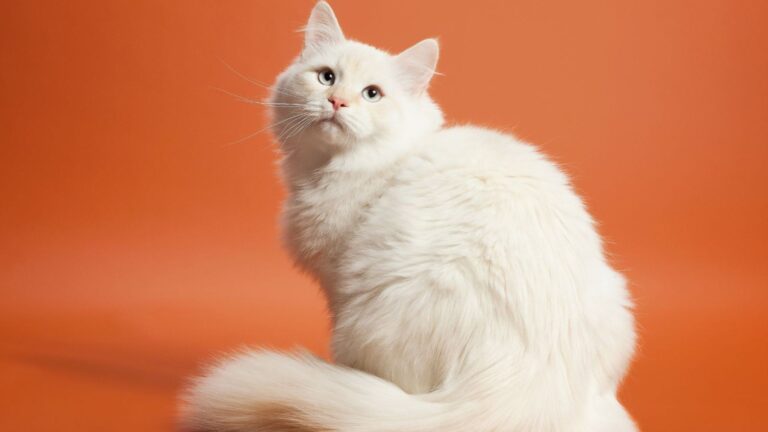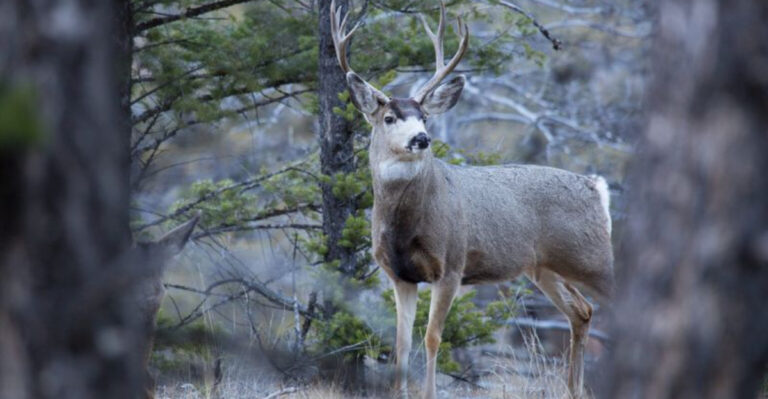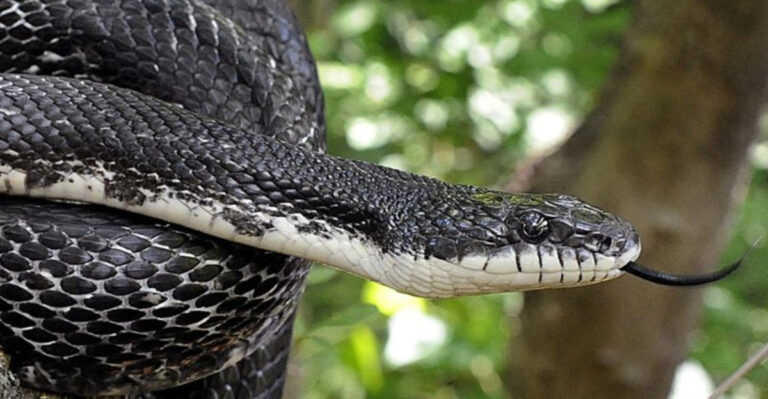10 Surprising Differences Between Rabbits And Hares
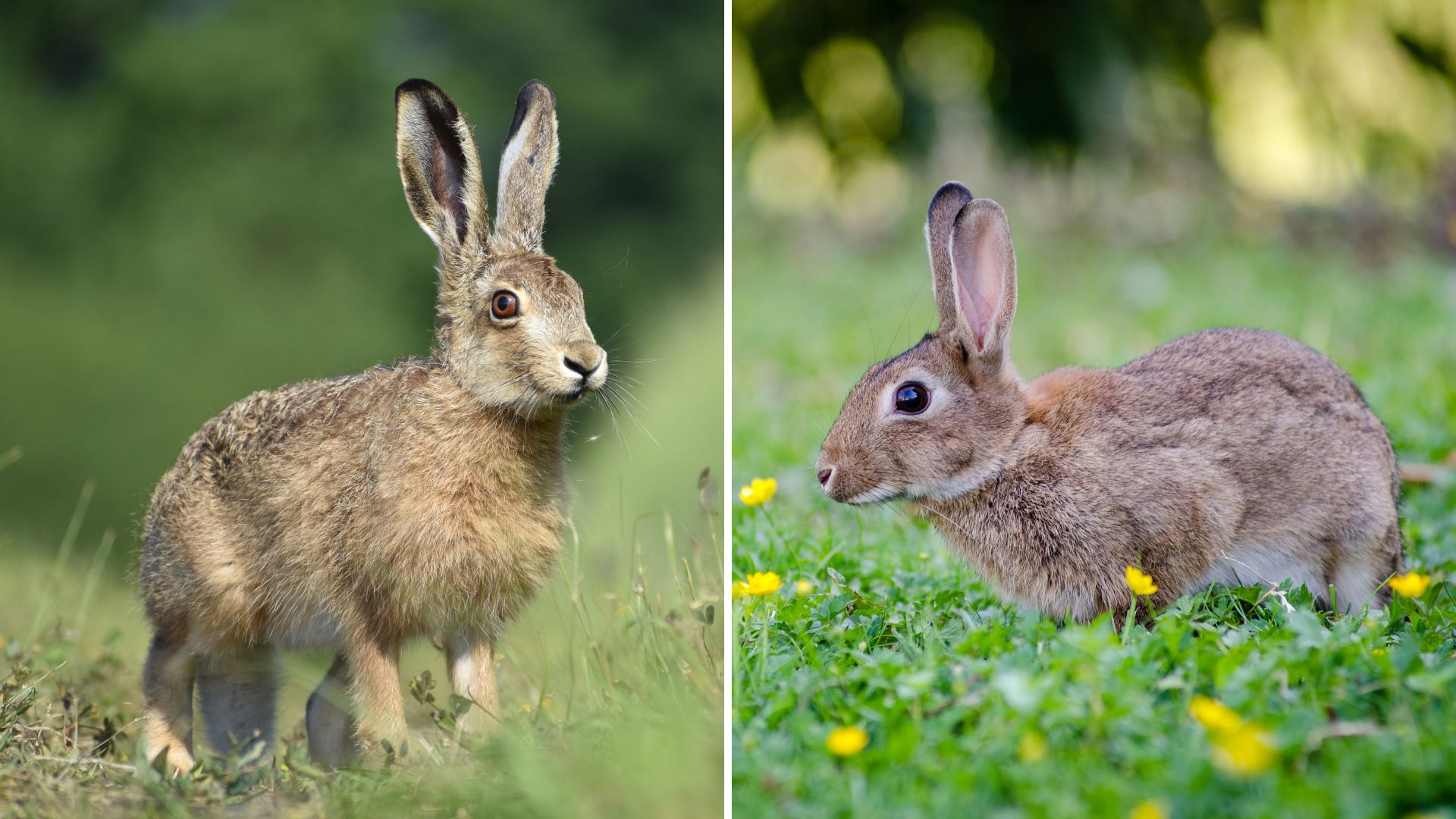
Hold onto your hats, folks! We’re diving into the world of rabbits and hares, two seemingly similar creatures that are, in fact, worlds apart.
Prepare to be amazed by the dramatic differences that set these leaping legends apart from each other. It’s time to unravel the mystery and become an expert on these fascinating furballs.
1. Physical Appearance
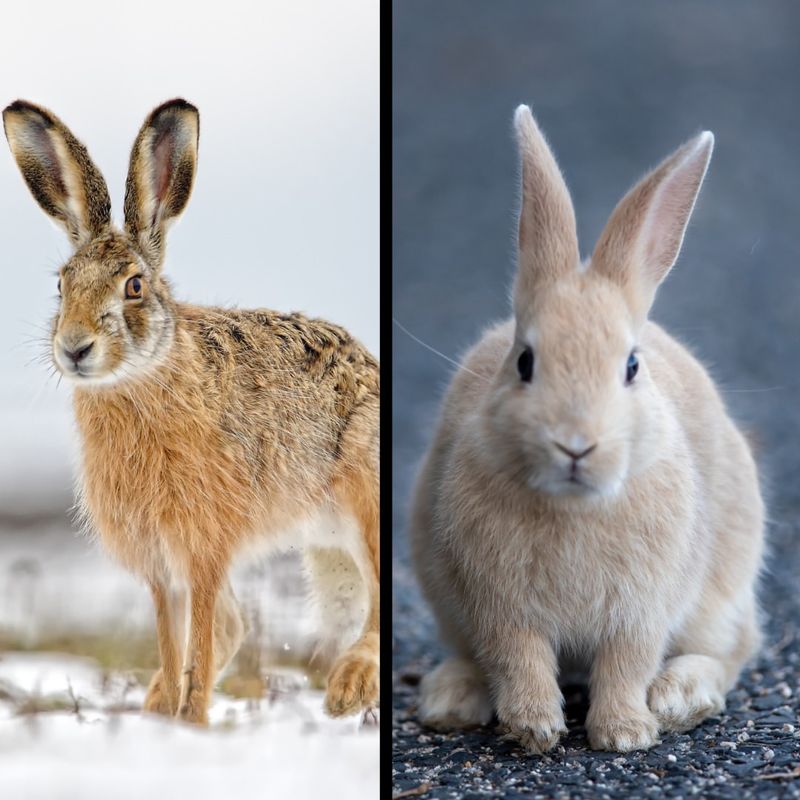
Rabbits and hares might look similar at a glance, but their physical differences are striking upon closer inspection. Rabbits are generally smaller, with shorter ears, and their fur is softer compared to hares. Imagine a cuddly bunny with its delicate features, now juxtapose it with a robust hare, towering with longer ears and a leaner body built for speed. The hare’s athletic build is reminiscent of a marathon runner, sleek and agile.
When it comes to their coats, hares often sport a seasonal change, donning white fur in winter to blend with snowy landscapes, while rabbits typically maintain a consistent color year-round. This adaptability of hares is nature’s genius at work, offering them a unique survival advantage.
The differences don’t stop there; even the way they move sets them apart. Hares have a distinct bounding motion, using their long legs to propel themselves across vast distances, whereas rabbits hop and scamper at a more modest pace. These physical traits are more than mere aesthetics; they’re evolutionary adaptations honed over centuries to suit their respective lifestyles.
2. Habitat Preferences
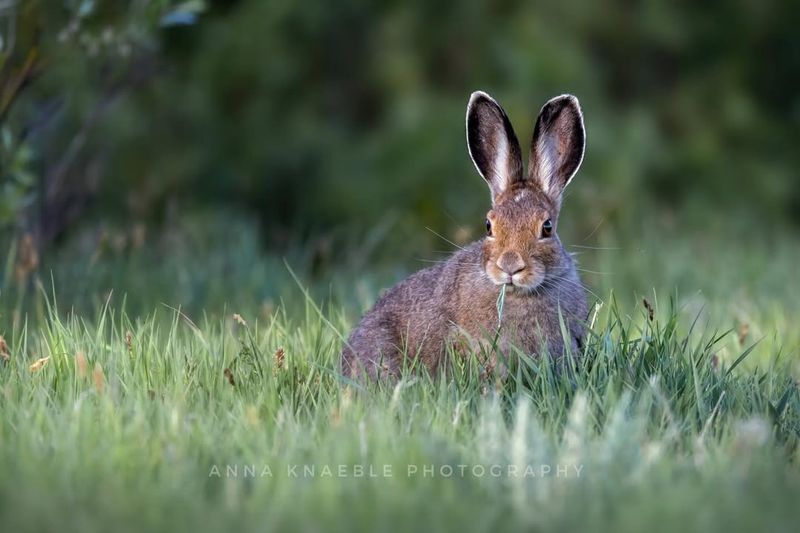
The habitats of rabbits and hares tell a tale of two very different lifestyles. Rabbits are the introverts of the animal world, finding comfort in the snug embrace of a burrow. These underground havens are not just homes but fortresses, providing safety and warmth away from prying eyes.
Hares, on the other hand, are the extroverts, thriving in open fields and meadows. They don’t dig burrows; instead, they rely on their speed and keen senses to escape predators. Their preferred habitat is a testament to their bold and adventurous spirit, always ready to face the world head-on.
This divergence in habitat choices highlights their unique survival strategies. While rabbits are busy fortifying their underground networks, hares are out in the open, relying on their agility and speed. The contrast in their living arrangements reflects their individual approaches to life’s challenges, making each encounter with these creatures a study in adaptation and survival.
3. Social Behavior

In the animal kingdom, social behavior is as varied as life itself. Rabbits are the social butterflies, often found in groups called colonies. These furry friends thrive on companionship, sharing their burrows and engaging in playful interactions. Their social structures are complex, akin to a bustling community where each member plays a vital role.
Hares, in stark contrast, are the lone wolves of their family. They prefer solitude, embodying the spirit of independence. It’s not uncommon to see a single hare exploring an open field, relying solely on its instincts and quick reflexes to navigate the world.
This difference in social behavior is a fascinating aspect of their biology. While rabbits find strength in numbers, hares find freedom in their independence. Each approach has its advantages, and observing these creatures in their natural habitat offers insights into the diverse ways life has adapted to thrive.
4. Reproductive Strategies
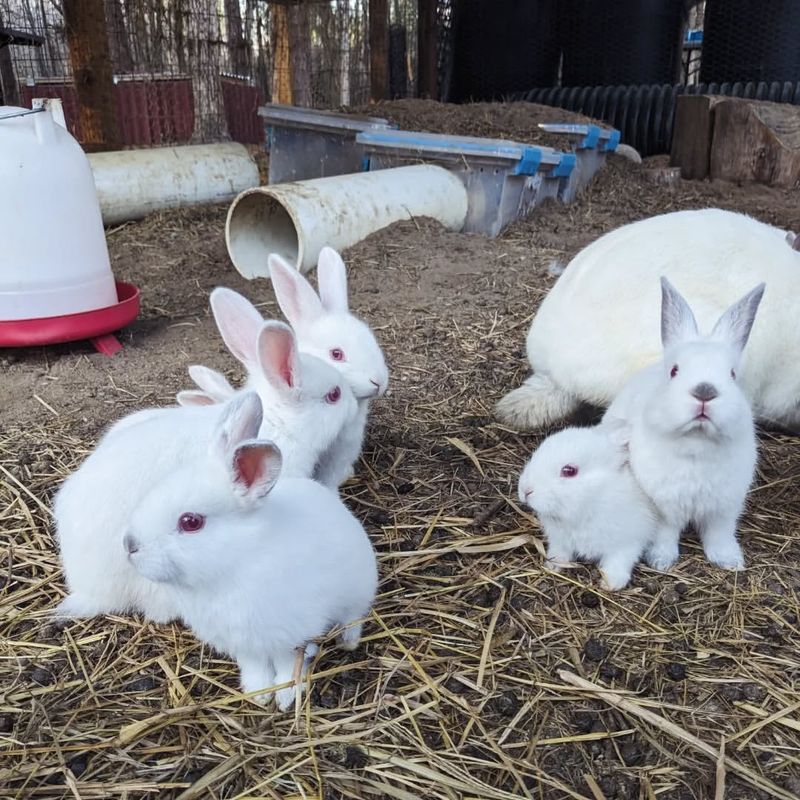
The reproductive strategies of rabbits and hares are a study in contrast and creativity. Rabbits are prolific breeders, embodying the phrase “multiply like rabbits.” A single doe can produce multiple litters in a year, each containing several kits. Their nests are hidden in the safety of burrows, providing a secure environment for their young.
Hares take a different approach, opting for quality over quantity. A doe hare typically gives birth to fewer offspring, known as leverets, and does so in the open. Leverets are born fully furred and with their eyes open, ready to run within a few days, a testament to their precocious nature.
These strategies highlight the adaptability and resourcefulness of these species. Rabbits rely on numbers to ensure survival, while hares invest in the early maturity of their young. This divergence is a captivating example of how different paths can lead to the same goal: the continuation of the species.
5. Dietary Habits
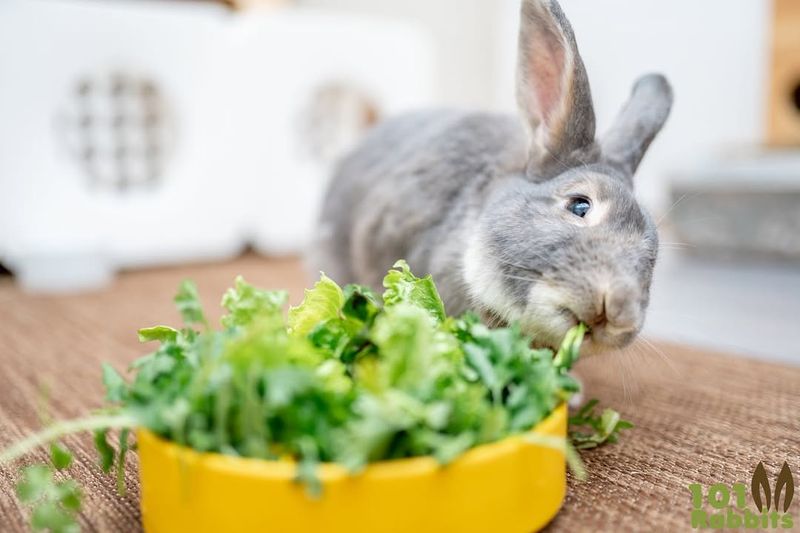
When it comes to culinary preferences, rabbits and hares have distinctly different tastes. Rabbits are the foodies of the duo, with a penchant for tender greens and vegetables. Their diet is predominantly herbivorous, focusing on the softer, more digestible parts of plants.
Hares, however, are not as picky. They possess a hardy palate, capable of munching on tougher vegetation like twigs, bark, and even small branches. This dietary flexibility allows hares to thrive in environments where food is scarce, showcasing their adaptability and resilience.
The way they eat is a reflection of their lifestyles. Rabbits, with their delicate digestive systems, opt for easily accessible food, while hares embrace the challenge of tougher foraging. Their dietary habits are a testament to their survival strategies, each tailored to their unique environmental niches.
6. Behavioral Adaptations
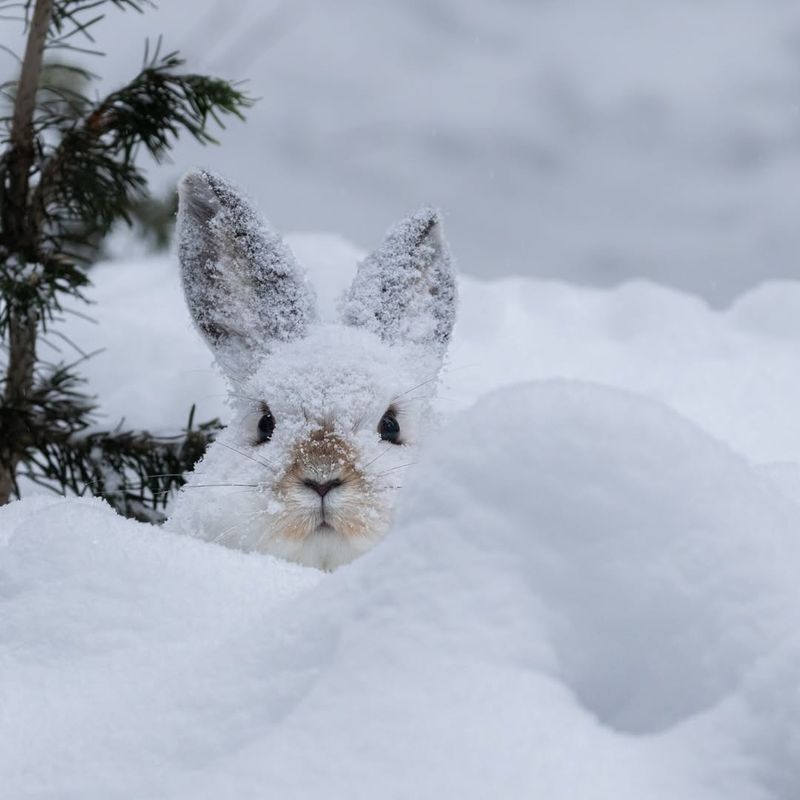
Rabbits and hares have developed unique behavioral adaptations that ensure their survival in the wild. Rabbits are naturally cautious, always staying close to their burrows. This risk-averse behavior is a survival strategy, allowing them to quickly retreat to safety when danger approaches.
Hares, on the other hand, are the epitome of vigilance. Living in open fields without the safety of a burrow, they rely on their acute senses and fast reflexes. A hare’s life is a constant dance with danger, always alert and ready to sprint at a moment’s notice.
These behavioral traits are fascinating glimpses into their world. While rabbits depend on their secure homes, hares trust their speed and alertness. This divergence in behavior is a remarkable adaptation to their environments, showcasing the varied paths evolution has taken to equip them for survival.
7. Lifespan And Growth
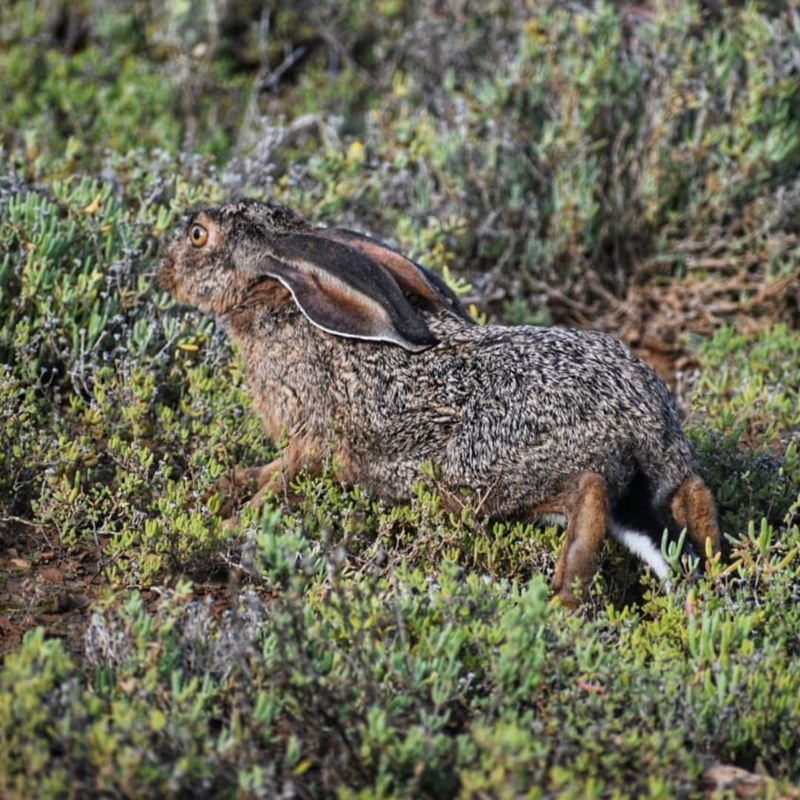
The journey of life for rabbits and hares follows different timelines. On average, rabbits have a shorter lifespan, living around 9 years in the wild. They mature quickly, reaching adulthood in just a few months, a rapid growth spurt that ensures they can start breeding early.
Hares, however, enjoy a longer life, often living up to 12 years. Their growth is more gradual, allowing them time to adapt and learn from their environment. This extended lifespan provides hares with the opportunity to master their survival skills.
The contrast in their life cycles is a fascinating aspect of their biology. Rabbits embrace a “live fast” approach, while hares take a more measured path. This difference in growth and lifespan is a testament to their unique strategies for thriving in the wild, each effective in its own right.
8. Predator Evasion
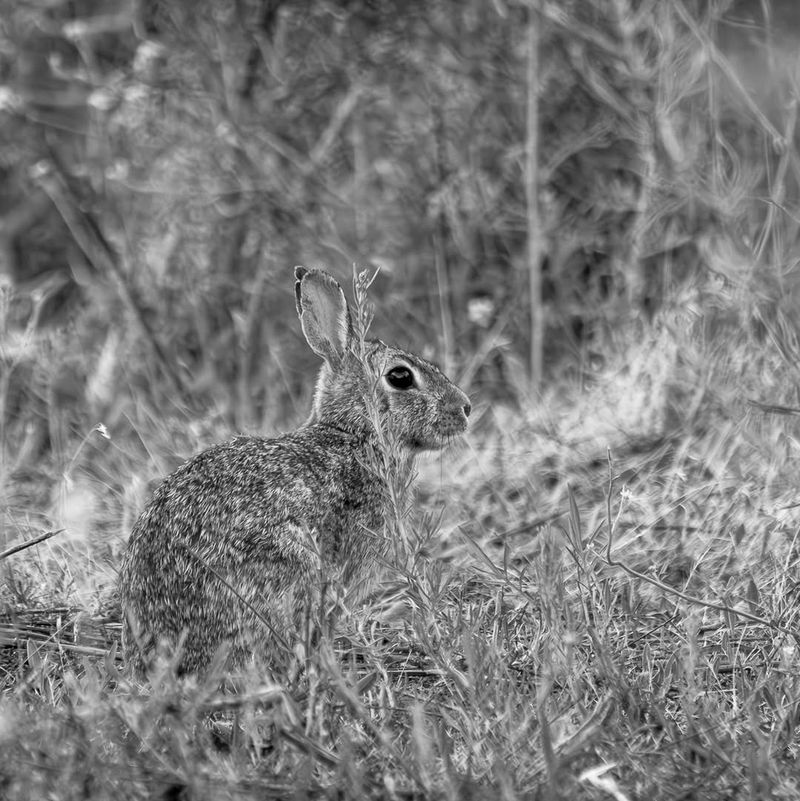
In the game of survival, evading predators is a crucial skill, and rabbits and hares have mastered this art in their own unique ways. Rabbits rely on their burrows as safe havens, darting underground at the first sign of danger. Their strategy is one of stealth and secrecy, using their environment to their advantage.
Hares, on the other hand, depend on their remarkable speed and agility. With no burrows to hide in, they have developed powerful legs that propel them across open fields at astonishing speeds. Their escape strategy is bold and brazen, showcasing their confidence in their physical prowess.
These contrasting approaches to predator evasion highlight the diversity of life strategies in the animal kingdom. While rabbits play the role of the elusive hide-and-seek champions, hares take on the mantle of fearless sprinters. Both tactics are effective, demonstrating the adaptability of these remarkable creatures.
9. Communication Methods
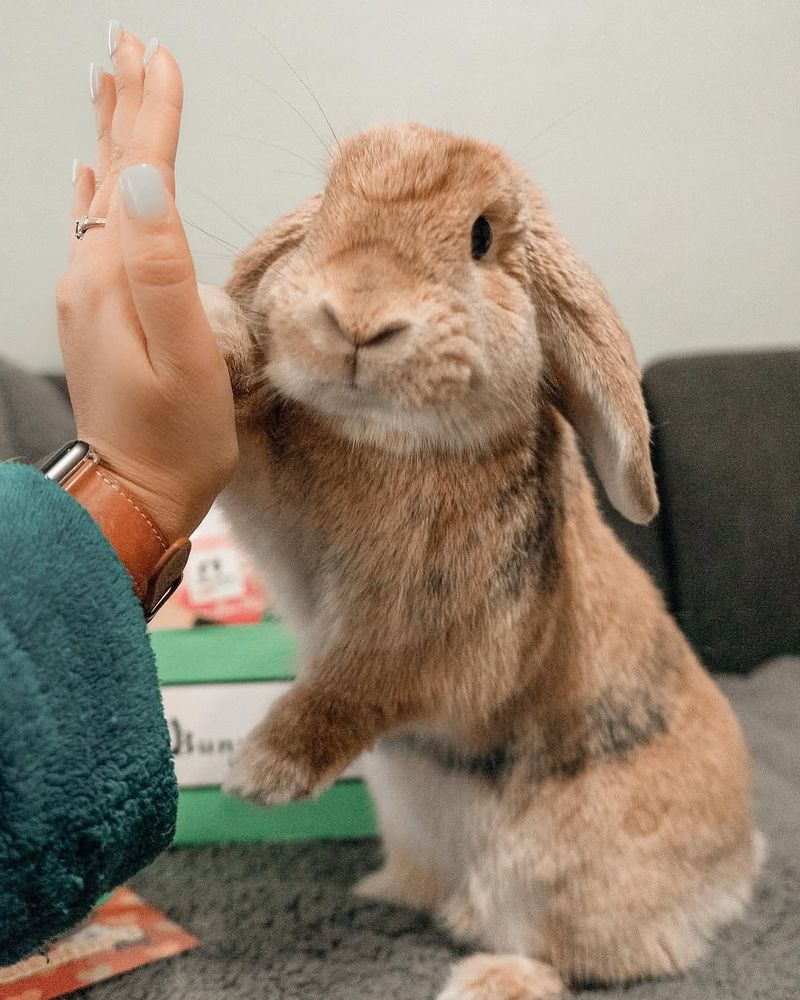
Communication in the wild is a vital skill, and rabbits and hares have developed unique methods to convey important messages. Rabbits often use a warning thump, striking the ground with their hind legs to alert the colony of impending danger. This rhythmic drumming serves as both a warning and a call to arms, rallying the group.
Hares, with their solitary lifestyles, rely heavily on body language. Their ears, capable of moving independently, serve as signals, conveying a range of messages from curiosity to alarm. A sudden twitch or tilt can speak volumes in the silent language of hares.
These communication methods reflect their social structures and lifestyles. Rabbits use sound to unite and protect, while hares depend on visual cues to navigate their solitary existence. This diversity in communication is another layer of the rich tapestry of life, showcasing the inventive ways animals interact and survive.
10. Historical And Cultural Significance
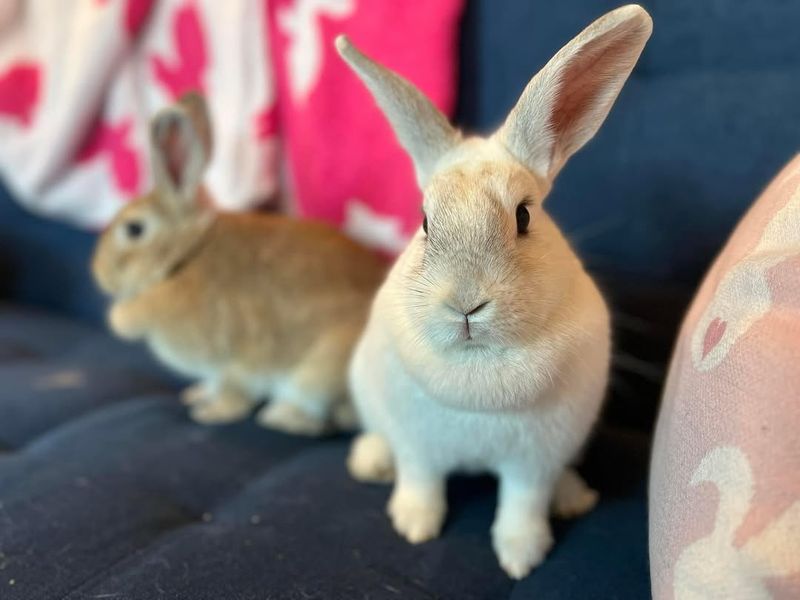
Beyond their biological differences, rabbits and hares hold a significant place in human history and culture. Rabbits have long been symbols of fertility and rebirth, celebrated in traditions such as Easter. Their image is one of abundance and life, a reflection of their prolific breeding habits.
Hares, meanwhile, are often associated with speed and cunning. In mythology, they are portrayed as tricksters and messengers, embodying the qualities of agility and intelligence. The hare’s role in folklore is as varied as the cultures that tell their tales, from ancient legends to modern stories.
The cultural significance of these animals offers a glimpse into how humans have perceived and related to them over centuries. Their presence in art, literature, and mythology speaks to their enduring appeal and the rich symbolism they carry. This historical perspective adds depth to our understanding of these captivating creatures, reminding us of the intertwined relationship between humans and nature.

